Shipper letter of instruction template
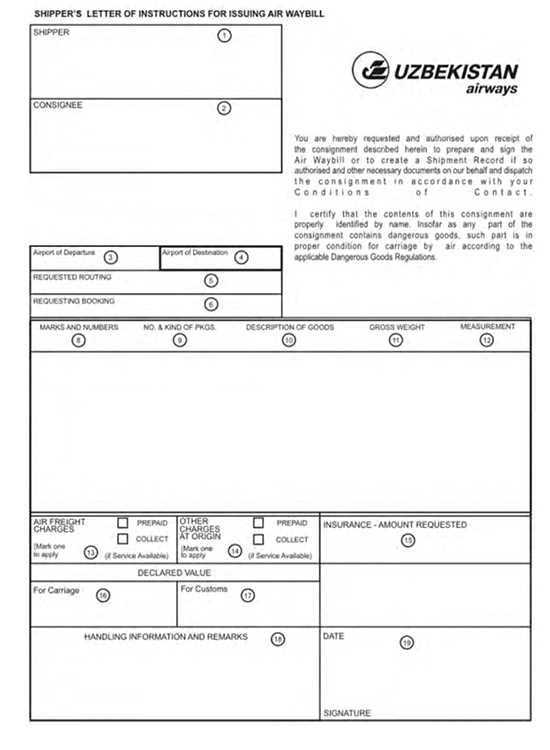
How to Write a Shipper Letter of Instruction
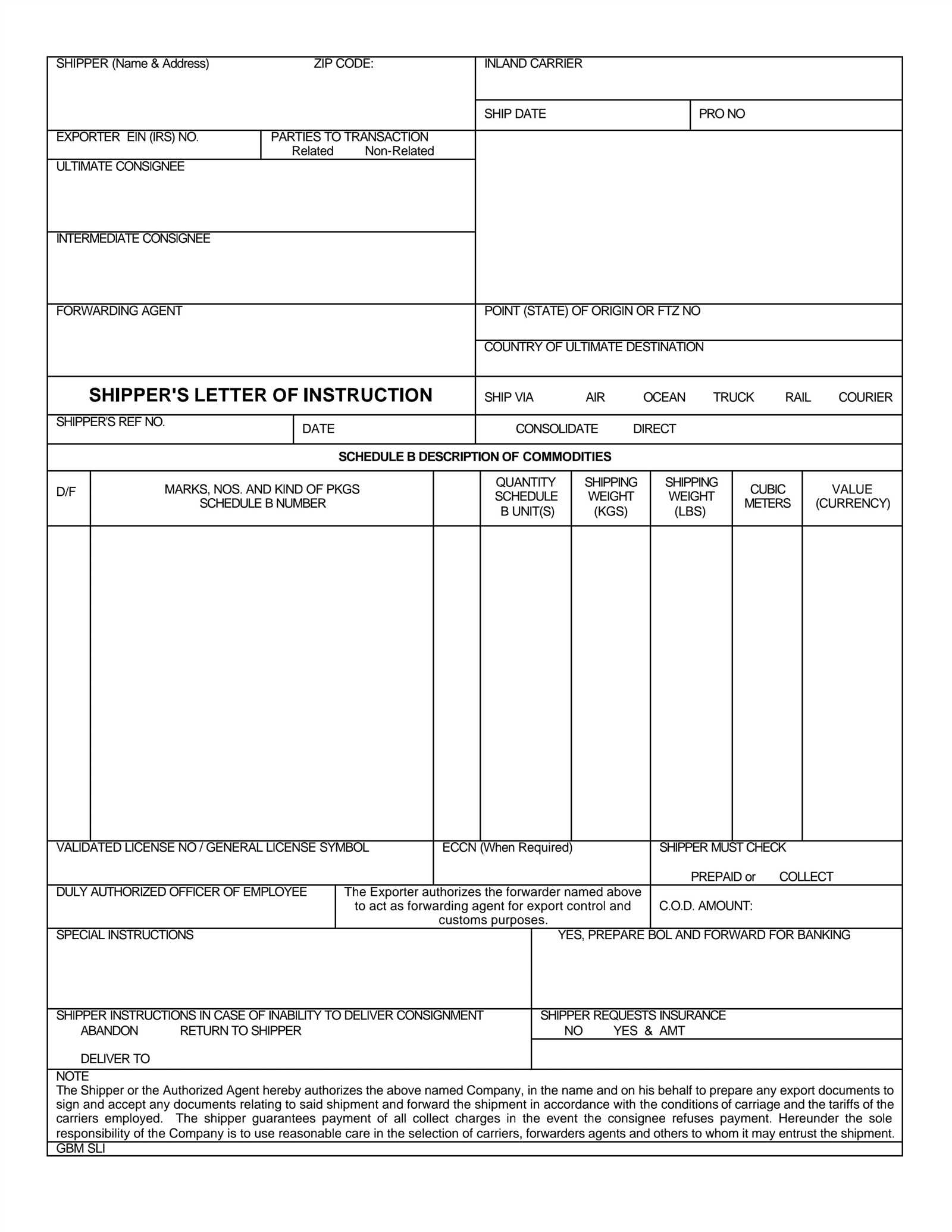
To create a Shipper Letter of Instruction (LOI), ensure clarity and precision. This document serves as a guide for freight forwarding and shipping, outlining the shipper’s requirements and ensuring proper handling of goods. Use the following format to draft your letter:
1. Shipper and Consignee Information
Start by providing the shipper’s full name, address, and contact details. Do the same for the consignee (receiver). This allows the freight forwarder to verify shipping and delivery addresses. If applicable, include any additional contacts who should receive updates on the shipment.
2. Shipment Details
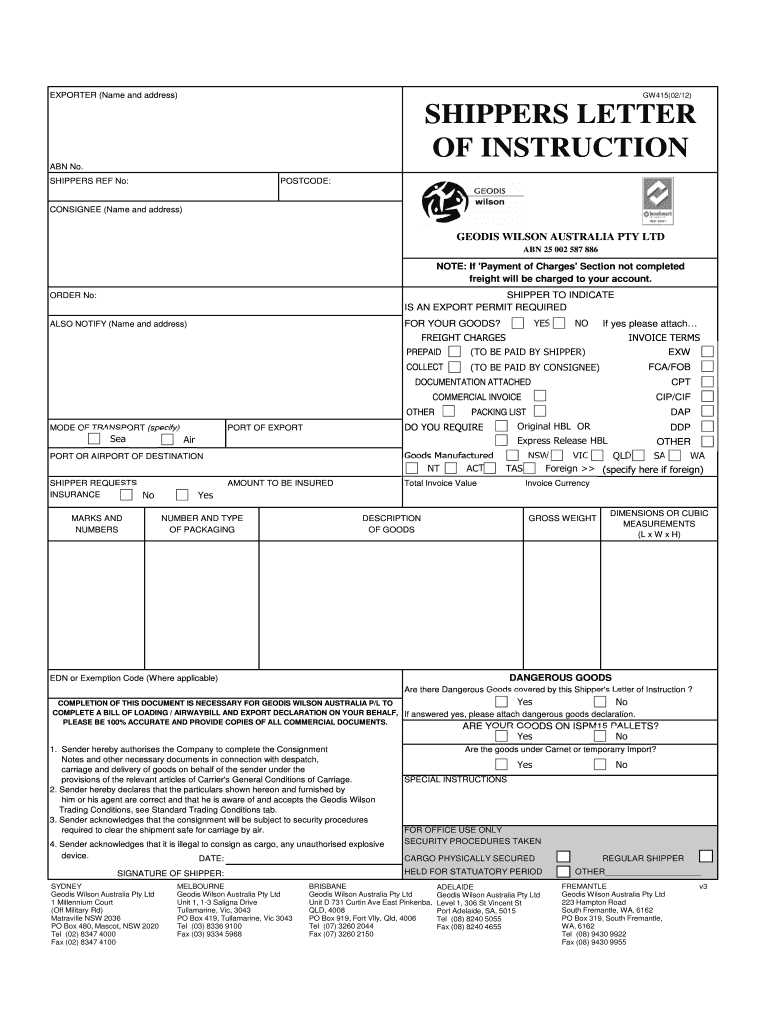
List the shipment’s details clearly. This includes:
- Item Description: Detail the type of goods being shipped.
- Quantity: Specify the number of items or total weight.
- Dimensions: Include the size of the goods for accurate packaging.
- Packaging Instructions: Provide any special packaging or handling requirements.
3. Transport Instructions
Include any specific transportation requests such as the preferred mode of transport (air, sea, road, or rail) and the necessary delivery method (door-to-door, port-to-port, etc.). If a certain carrier or logistics provider is preferred, mention it here.
4. Bill of Lading and Customs Instructions
State whether you want the freight forwarder to prepare the bill of lading. If customs clearance is required, specify which documents are needed for smooth customs processing. Ensure all relevant details, including harmonized tariff codes or any restrictions on import/export, are included.
5. Payment Details
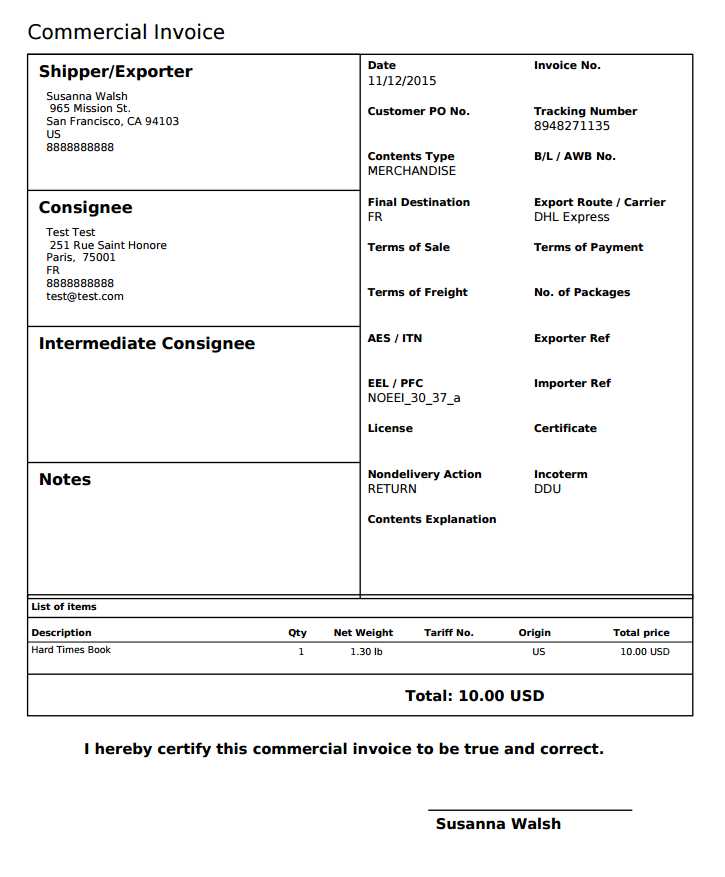
Clarify who will bear the shipping costs–either the shipper or consignee–or if it will be split. Be specific about payment methods and any additional charges for services like insurance, customs, or special handling.
6. Additional Instructions
Provide any additional instructions, such as:
- Special Delivery Requirements: Delivery deadlines or time-sensitive instructions.
- Insurance: Specify if insurance is required for the shipment.
- Contact Information: Include a point of contact for any issues during transit.
Sample Template
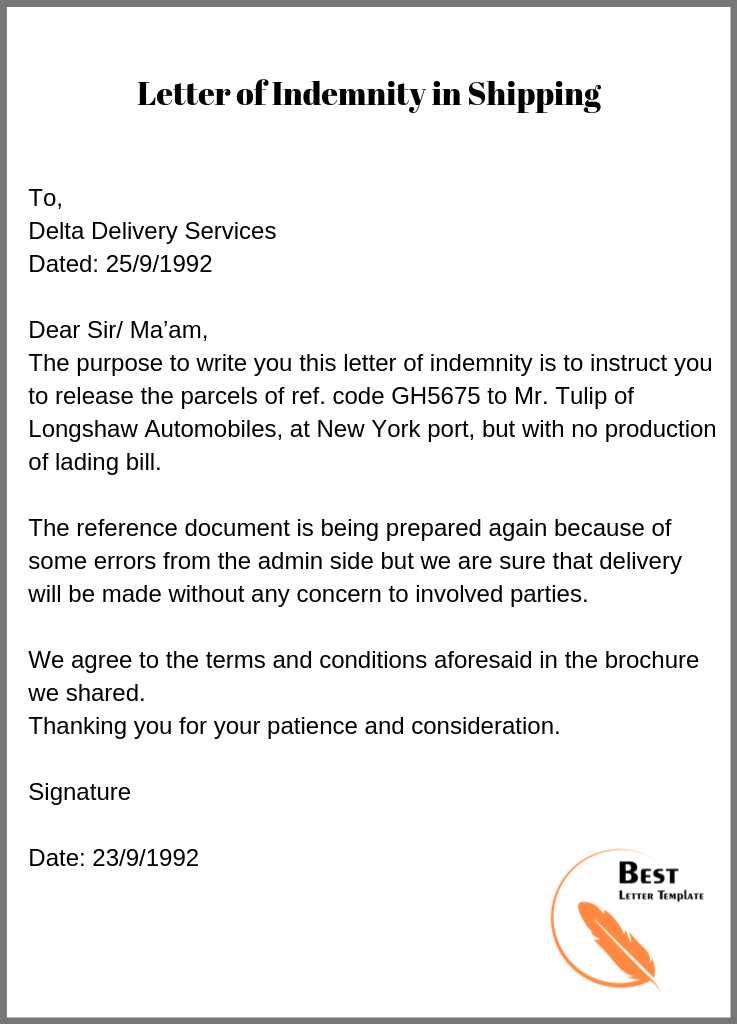
Here’s a basic template to use as a reference:
Shipper: [Shipper Name] Address: [Shipper Address] Phone: [Shipper Phone] Consignee: [Consignee Name] Address: [Consignee Address] Phone: [Consignee Phone] Shipment Details: Item Description: [Description of Goods] Quantity: [Total Quantity] Dimensions: [Dimensions of Goods] Packaging: [Packaging Requirements] Transportation: Preferred Mode: [Air, Sea, Road, Rail] Carrier: [Carrier Name if applicable] Delivery Method: [Door-to-Door, Port-to-Port, etc.] Bill of Lading Instructions: Prepare Bill of Lading: [Yes/No] Customs Instructions: Documents Required: [List of Necessary Documents] Payment Details: Shipper Responsible for Costs: [Yes/No] Payment Method: [Details of Payment Method] Additional Instructions: [Add any other instructions here]
Ensure you review the document for accuracy before submission. This will help avoid misunderstandings during shipping and streamline the process.
Shipper Letter of Instruction Template
How to Structure a Shipper Letter of Instruction
Key Elements to Include in Your Instruction Letter
How to Clearly Specify Shipping Details for Different Transport Modes
Common Mistakes to Avoid in Shipping Instruction Letters
Legal and Compliance Considerations When Drafting an Instruction Letter
How to Customize Your Letter for International Shipments
Begin your Shipper Letter of Instruction (LOI) by clearly identifying the parties involved. State the shipper’s details, consignee’s details, and the contact person for both. Include names, addresses, and contact numbers. This ensures clear communication between all parties from the start.
Specify the shipment details: describe the cargo type, weight, and volume. List the packaging requirements and any special handling instructions. For different transport modes, ensure you adjust the details. For ocean freight, for example, include the container type and size; for air freight, note any weight restrictions or cargo class. The more precise the information, the smoother the process.
Next, specify the transportation method and routing preferences. Clarify whether the shipment is to be delivered via air, sea, or land, and include any required intermediate stops. If necessary, include a reference to specific routes, ports, or airports, especially for international shipments.
List the terms of delivery. The Incoterms® rules are critical in defining who is responsible for costs, risks, and insurance during transit. Whether it’s FOB, CIF, or DDP, stating these terms clearly prevents future confusion.
Be concise when stating the shipping and delivery deadlines. Mention the required shipment dates, expected arrival, and any time-sensitive delivery instructions. Miscommunication here can lead to costly delays.
Double-check the documentation requirements. Depending on the mode of transport, you may need additional certificates, permits, or declarations. For international shipments, include customs clearance documentation, such as a Commercial Invoice or a Certificate of Origin.
Avoid vague language. Be specific about what’s expected. For instance, instead of saying “handle with care,” detail exactly what needs extra attention (e.g., fragile, temperature-sensitive items). Avoid terms that can be interpreted in multiple ways, and use clear terminology to prevent misunderstandings.
Don’t overlook compliance issues. For international shipments, understand local laws and regulations regarding shipping goods. Ensure your LOI aligns with international trade agreements and customs regulations. Inaccuracies here could result in customs fines or shipment delays.
For international shipments, include details about the country of origin, destination, and any relevant cross-border trade regulations. Specify whether the consignee requires assistance with import duties or local transportation. Customize your LOI according to the country-specific import/export processes.